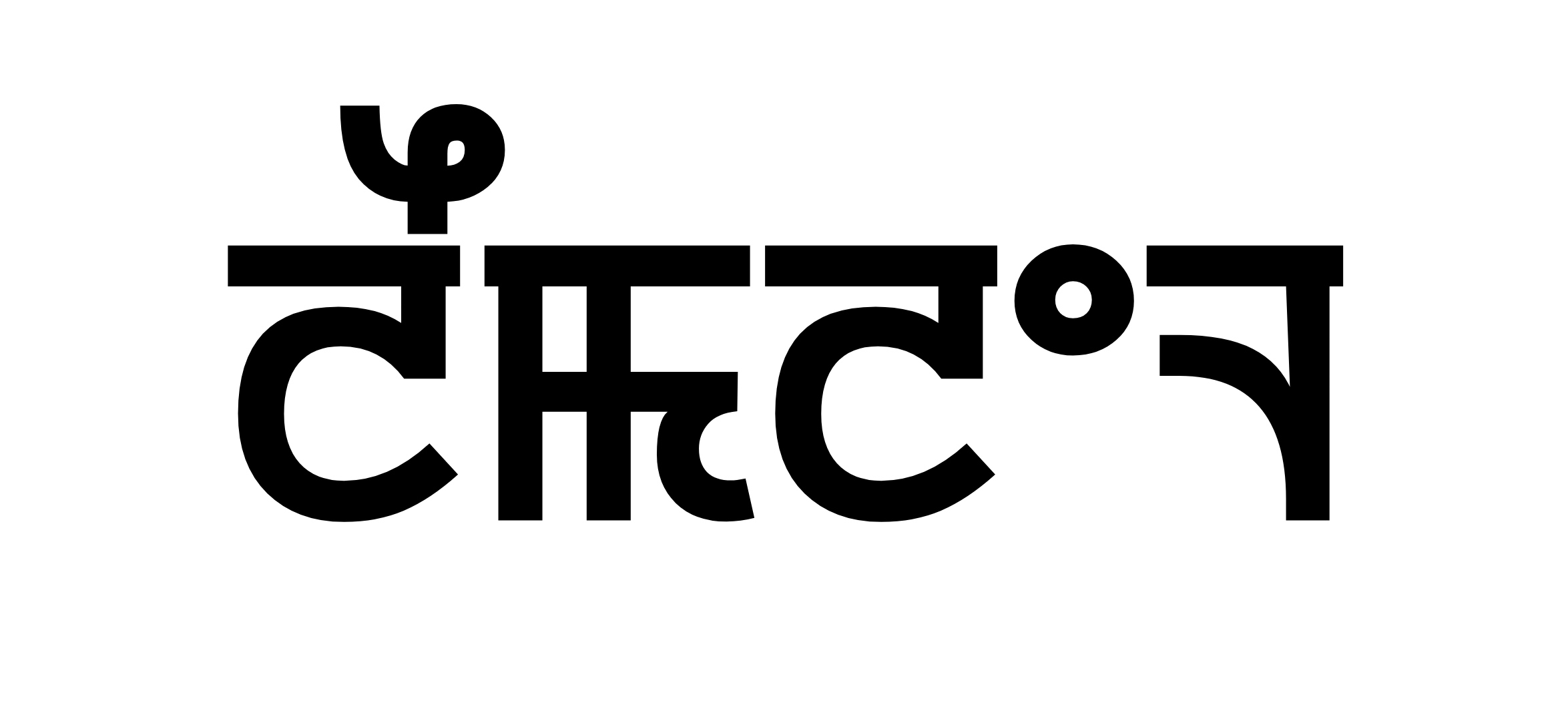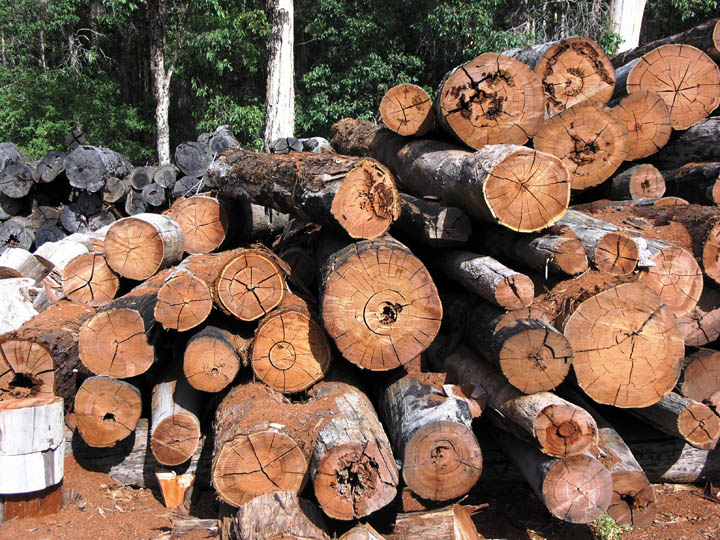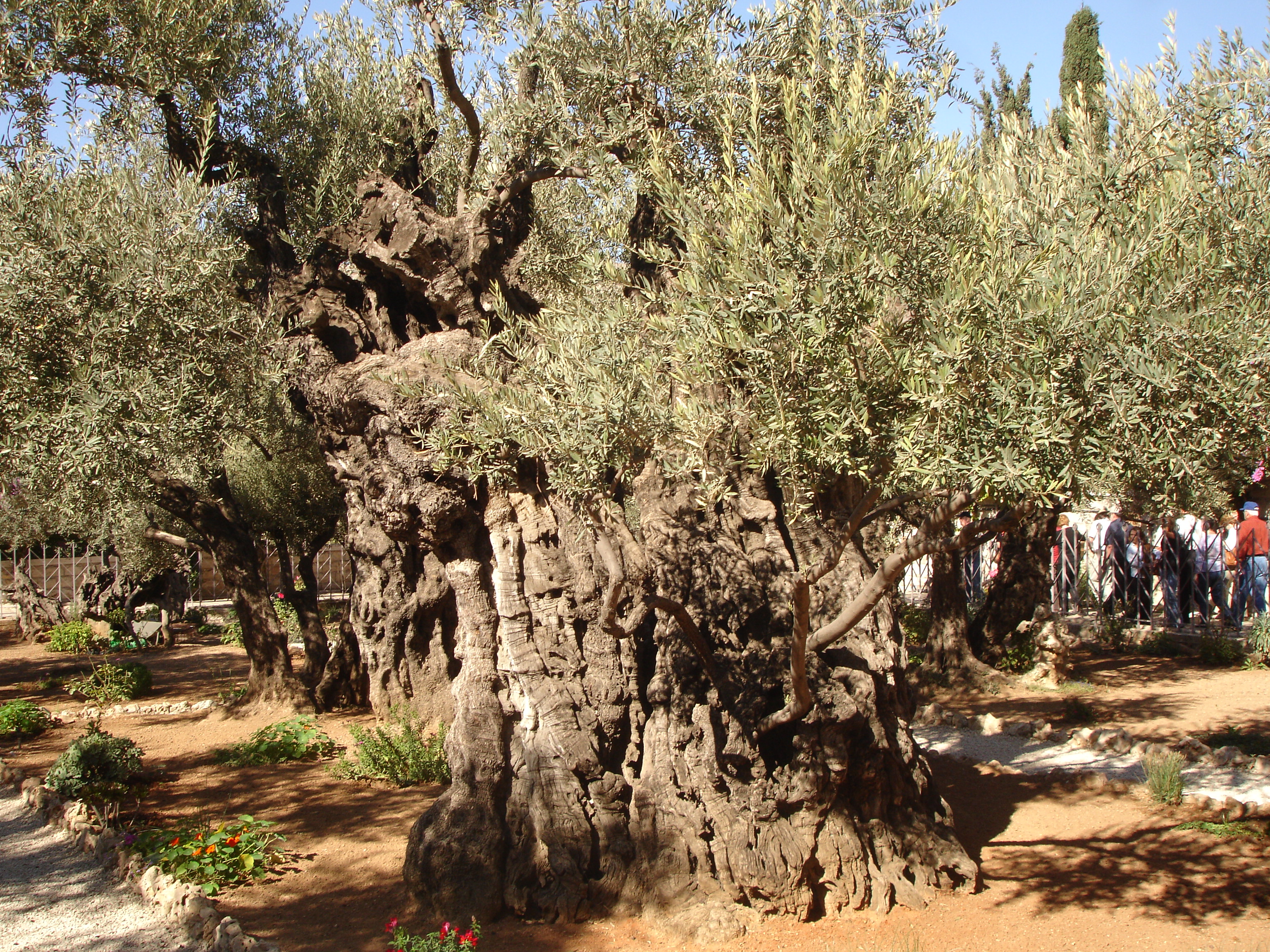|
Umang Lai
Umang Lai are the group of sacred groves preserved for the local forest deities (with the same title), worshipped by the Meitei people, the Pangal people and Meitei Christians, the predominant ethnic groups, since ancient times in the Himalayan state of Manipur. The groves and the deities are worshipped and their pleasing ceremony is always celebrated every year through a music and dance festival called Lai Haraoba. There are 365 Umang Lais in the state, out of which 166 are identified in the valley regions of the state. Lists Umang Lai sacred groves are widely distributed in Imphal East, Imphal west, Thoubal, Kakching and Bishnupur districts of Manipur. The following is the list: Present scenario Presently, these religiously preserved sacred groves are in the situation of being endangered, due to the lack of proper attention and care. These Umang Lais have become the victims of the encroachment and exploitation. See also * Uningthou *Sacred groves of India Notes * All the ... [...More Info...] [...Related Items...] OR: [Wikipedia] [Google] [Baidu] |
Wangoo Baji Leihao (Magnolia Champaca)
Wangoo is a village in the Kakching district of the Indian States and territories of India, state of Manipur. It is situated approximately 64 km south of the state capital, Imphal. It has an area of 13.05 km2 with a population of 6134. Geography Wangoo is located at . The geographical area of the village is 13.05 km2, thus is the biggest village by area in the district. The Imphal River passes through Wangoo. Demographics India census, Wangoo had a population of 6134, of which 3095 are males while 3039 are females. The population of children ages 0–6 is 734, thus being 11.96% of the total population of Wangoo. The average human sex ratio, sex ratio of the village is 982, lower than Manipur state average of 985. The child sex ratio for the village, as per census, is 1022, higher than the Manipur average of 930. Wangoo has a lower literacy rate compared to the Manipur average. In 2011, the literacy rate of Wangoo was 67.09%, compared to the 76.94% average of ... [...More Info...] [...Related Items...] OR: [Wikipedia] [Google] [Baidu] |
Wangoi
Wangoi is a town and a Municipal Council in Imphal West district in the Indian state of Manipur. Demographics India census, Wangoi had a population of 7872. Males constitute 50% of the population and females 50%. Wangoi has an average literacy rate of 64%, higher than the national average of 59.5%: male literacy is 76%, and female literacy is 53%. In Wangoi, 13% of the population is under 6 years of age. Politics Wangoi is part of Inner Manipur (Lok Sabha constituency) Inner Manipur Lok Sabha constituency is one of the two Lok Sabha (parliamentary) constituencies in Manipur, a state in northeastern India. Assembly segments Inner Manipur Lok Sabha constituency is composed of the following Vidhan Sabha (legisl .... References Cities and towns in Imphal West district {{Manipur-geo-stub ... [...More Info...] [...Related Items...] OR: [Wikipedia] [Google] [Baidu] |
Leimarel Sidabi
) , deity_of = Goddess of earth, nature and household , member_of = Imung Lais , image = Relief art depicting Salailen (Salailel), the Supreme God, creating Leimalen (Leimalel), the first female being in the universe, according to ancient Meitei mythology and religion of Kangleipak (Manipur).jpg , alt = , caption = A relief depicting the creation of goddess Leimalen (Leimalel) by Salailen (Salailel), the Supreme God , other_names = * Malem Leima * Leimaren Sidabi ( omp, Leimalen Sitapi) , hiro = , Old_Norse = , script_name = Ancient Meitei , script = , affiliation = Meitei mythology (Manipuri mythology) and Meitei religion (Sanamahism) , cult_center = , abode = Sanamahi Kachin ( Lainingthou Kachin) , planet = , weapon = , battles = , artifacts = Water pot (Isaiphu or Esaiphu) , animals = Taoroinai , symbol = Water pot (Isaiphu or Esaiphu) , adherents = , ... [...More Info...] [...Related Items...] OR: [Wikipedia] [Google] [Baidu] |
Lainingthou Sanamahi
Laininthou Sanamahee (Meetei: ꯂꯥꯏꯅꯤꯡꯊꯧ ꯁꯥꯅꯥꯃꯍꯤ) is the Supreme Guardian God of mankind and the supreme deity of the household in Meetei religion and mythology. He originated from the ancient kingdom of Kangleipak (Manipur). He is regarded as the most popular and significant divinity of Sanamahism. He is the brother of Pakhangba and Nongshaba. He is the eldest son of Creator God Saalailel Sitapa and Leimalel Sitapee, the protector of the Universe in Meetei mythology and philosophy and Mother Earth goddess Leimarel Sidabi. Etymology The term Lainingthou is derived from Meetei language which means "King of Gods" and the term Sanamahi is combination of "Sanna" which means ''spreading'' and "Eemahi" which means "blood that originates living", literally means "spreading everywhere (like liquid)". Mythology When Sanamahi was ordered to cross the globe by his father, he at once proceeded. However, his younger brother Pakhangba as per the instruction o ... [...More Info...] [...Related Items...] OR: [Wikipedia] [Google] [Baidu] |
Sanamahism
() , native_name_lang = mni , image = The Symbol of Sanamahi.svg , imagewidth = , alt = , caption = The Symbol of Sanamahism (Source: Wakoklon Heelel Thilen Salai Amailon Pukok Puya) , abbreviation = , type = Ethnic religion , main_classification = Animism , orientation = , scripture = Puyas written on religious beliefs originally in Meitei script , theology = Polytheism , polity = , governance = , structure = , leader_title = , leader_name = , leader_title1 = , leader_name1 = , leader_title2 = , leader_name2 = , leader_title3 = , leader_name3 = , fellowships_type = , fellowships = , fellowships_type1 = , fellowships1 = , division_type = , division = , division_type1 = , division1 = , division_type2 ... [...More Info...] [...Related Items...] OR: [Wikipedia] [Google] [Baidu] |
Sacred Groves Of India
Sacred groves of India are forest fragments of varying sizes, which are communally protected, and which usually have a significant religious connotation for the protecting community. Hunting and logging are usually strictly prohibited within these patches. Other forms of forest usage like honey collection and deadwood collection are sometimes allowed on a sustainable basis. NGOs work with local villagers to protect such groves. Traditionally, and in some cases even today, members of the community take turns to protect the grove. The introduction of the protected area category community reserves under the Wild Life (Protection) Amendment Act, 2002 has introduced legislation for providing government protection to community held lands, which could include sacred groves. Around 14,000 sacred groves have been reported from all over India, which act as reservoirs of rare fauna, and more often rare flora, amid rural and even urban settings. Experts believe that the total number of s ... [...More Info...] [...Related Items...] OR: [Wikipedia] [Google] [Baidu] |
Phoebe Hainesiana
''Phoebe hainesiana'' ( mni, Uningthou; literally, "tree king" or "wood king") is a species of tree in the family Lauraceae, native to India. It is the state tree of Manipur Manipur () ( mni, Kangleipak) is a state in Northeast India, with the city of Imphal as its capital. It is bounded by the Indian states of Nagaland to the north, Mizoram to the south and Assam to the west. It also borders two regions of Myanm .... References hainesiana Symbols of Manipur {{Laurales-stub ... [...More Info...] [...Related Items...] OR: [Wikipedia] [Google] [Baidu] |
Exploitation Of Natural Resources
The exploitation of natural resources is the use of natural resources for economic growth, sometimes with a negative connotation of accompanying environmental degradation. It started to emerge on an industrial scale in the 19th century as the extraction and processing of raw materials (such as in mining, steam power, and machinery) developed much further than it had in preindustrial areas. During the 20th century, energy consumption rapidly increased. Today, about 80% of the world's energy consumption is sustained by the extraction of fossil fuels, which consists of oil, coal and natural gas. Another non-renewable resource that is exploited by humans is subsoil minerals such as precious metals that are mainly used in the production of industrial commodities. Intensive agriculture is an example of a mode of production that hinders many aspects of the natural environment, for example the degradation of forests in a terrestrial ecosystem and water pollution in an aquatic ecosy ... [...More Info...] [...Related Items...] OR: [Wikipedia] [Google] [Baidu] |
Encroachment
{{disambig ...
Encroachment is to advance beyond proper limits, and may refer to: * Temporal encroachment * Structural encroachment * Encroachment (gridiron football), a penalty in American and Canadian football *Encroachment by human populations on natural spaces that causes habitat fragmentation or habitat destruction Habitat destruction (also termed habitat loss and habitat reduction) is the process by which a natural habitat becomes incapable of supporting its native species. The organisms that previously inhabited the site are displaced or dead, thereby ... [...More Info...] [...Related Items...] OR: [Wikipedia] [Google] [Baidu] |
Panthoibi
) , deity_of = Goddess of civilization, courage, fertility, handicraft, love, victory, warfare and wisdom , member_of = Lairembis and Umang Lais , image = PANTHOIPI.jpg , alt = , caption = Goddess Panthoipi charging forward riding on her white horse , other_names = * Ayang Leima * Koirel Leima ( omp, Koilel Leima) * Koiren Leima ( omp, Koilen Leima) * Nongpok Leima , hiro = , Old_Norse = , script_name = , script = , affiliation = Meitei mythology (Manipuri mythology) and Meitei religion (Sanamahism) , cult_center = Nongmaiching Hill (alias Selloi Langmai Hill) , abode = Nongmaiching Hill (alias Selloi Langmai Hill) , planet = , weapons = Spear and Sword , battles = , artifacts = Kajenglei , animals = white horse or tiger , symbol = Kajenglei , adherents = , height = , age = , tree = , day = , color = , number ... [...More Info...] [...Related Items...] OR: [Wikipedia] [Google] [Baidu] |
Sacred Groves
Sacred groves or sacred woods are groves of trees and have special religious importance within a particular culture. Sacred groves feature in various cultures throughout the world. They were important features of the mythological landscape and cult practice of Celtic, Estonian, Baltic, Germanic, ancient Greek, Near Eastern, Roman, and Slavic polytheism; they also occur in locations such as India, Japan ( sacred shrine forests), West Africa and Ethiopia ( church forests). Examples of sacred groves include the Greco-Roman ''temenos'', various Germanic words for sacred groves, and the Celtic ''nemeton'', which was largely but not exclusively associated with Druidic practice. During the Northern Crusades of the Middle Ages, conquering Christians commonly built churches on the sites of sacred groves. The Lakota and various other North American tribes regard particular forests or other natural landmarks as sacred places. Singular trees which a community deems to hold religious ... [...More Info...] [...Related Items...] OR: [Wikipedia] [Google] [Baidu] |
Wangbren
) * Wangpuren ( omp, Wangpulen) * Wangbaren ( omp, Wangpulen) * Wangbren ( omp, Wangpulen) * Wangpurel ( omp, Wangpulel) * Wangbarel ( omp, Wangpulel) * Wangbrel ( omp, Wangpulel) , hiro = , Old_Norse = , script_name = Ancient Meitei , script = , affiliation = Meitei mythology (Manipuri mythology) and Meitei religion (Sanamahism) , cult_center = Sugnu , abode = underwater world , planet = , weapon = Polo stick , battles = , artifacts = , animals = , symbol = , adherents = , height = , age = , tree = , day = , color = , number = , consort = Shangnu (alias Shangnulembi) , parents = , siblings = , offspring = Lok Ningthou , predecessor = , successor = , army = , mount = , texts = Wakoklon Heelel Thilel Salai Amailon Pukok Puya , gender = Male , Greek_equivalent = Poseidon, Oceanus ... [...More Info...] [...Related Items...] OR: [Wikipedia] [Google] [Baidu] |






